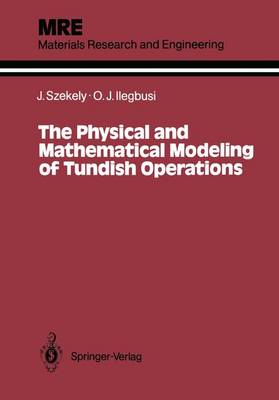Materials Research and Engineering
2 total works
This book seeks to provide a comprehensive coverage of the important and growing field of ladle metallurgy, including theory, practice, and economics. During the past decade, major advances have been made in the secondary metallurgy of steel and other metals; indeed, secondary metallurgy, that is, the ladle treatment of molten metals, following the melting and refining steps, has become an important and inevitable part of the overall processing sequence. Ladle metallurgy is attractive because it can provide an effective means for adjusting and fine-tuning the composition and temperature of the molten products prior to solidification processing. Ladle metallurgy allows us to produce materials of very high purity and will become increasingly an essential process requirement. Indeed, many of the novel casting techniques will mandate steels of much higher cleanliness than those in current practice. Of course, ladle metallurgy or secondary metallurgy is not limited to steel; indeed, major advances have been made and are being made in the secondary processing of aluminum, aluminum alloys, and many specialty metals.
The Physical and Mathematical Modeling of Tundish Operations
by Julian Szekely and Olusegun Johso Ilegbusi
Published 14 April 1989
In recent years it has been recognized that tundishes playa critical role in affecting the quality of the finished steel products. Furthermore, proper tundish design may be even more important in the development of the novel continuous casting pro cesses that are now in varying stages of realizatic)ll. Traditionally, physical modeling has played a key role in tundish design, but the recently evolved computational software packages, the readily accessible computa tional hardware, and, perhaps most important, the growing experience with tackling a broad range of computational fluid flow problems within a metallurgical context have made mathematical modeling an important factor in this field. Our aim in writing this book has been to bring realistic perspectives to tundish design. The main purpose is to provide a good physical understanding of what is happening in tundishes, together with a realistic discussion of topics that are still not quite clear. The process metallurgist active in this field has many tools at his or her disposal, including mathematical modeling, physical modeling, and measure ments on full plant-scale systems. In this monograph we seek to show how these ideas may be combined to provide a good basic understanding and, hence, an attempt at an optimal design.

